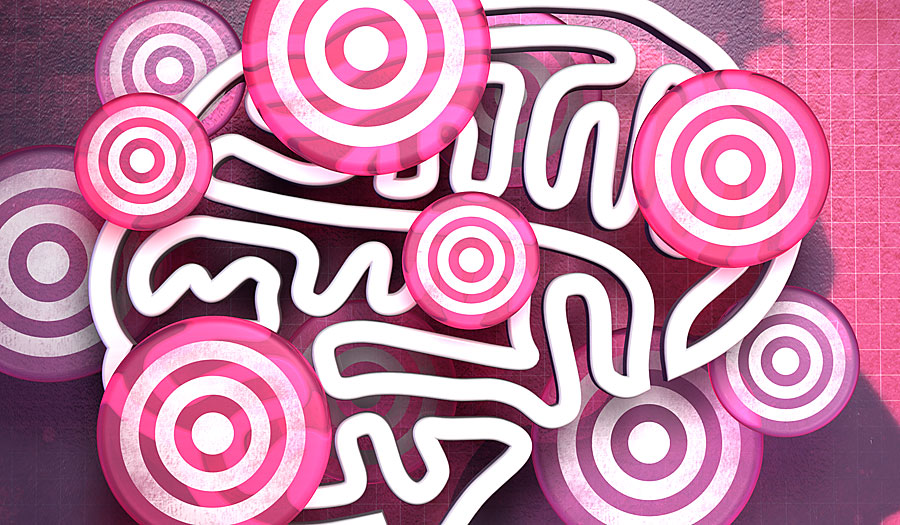 View / Download pdf
version of this sample report
View / Download pdf
version of this sample report
Psychological and behavioural approaches are the cornerstone of treatment for young people with depression or
anxiety. In New Zealand, when pharmacological treatment for a patient aged under 18 years is required due to severe or ongoing symptoms it is almost always “off-label”.
General practitioners should consider consulting with a child and adolescent psychiatrist, or an experienced colleague
in primary care, before initiating pharmacological treatment for depression or anxiety in a young person. Compared
to adults, young patients taking antidepressants are more likely to experience adverse effects and these may be more severe.
Key points to remember when prescribing to young patients with depression or anxiety include:
- Fluoxetine is the preferred treatment for depression due to its superior risk-benefit profile in this age group
- Tricyclic antidepressants and selective serotonin re-uptake inhibitors, other than fluoxetine, are not recommended
for the treatment of depression in primary care in patients aged under 18 years
- Regular follow-up of the patient is required
 For further information see: “The role of medicines for the
treatment of depression and anxiety in patients aged under 18 years”, BPJ 74 (Mar, 2016).
For further information see: “The role of medicines for the
treatment of depression and anxiety in patients aged under 18 years”, BPJ 74 (Mar, 2016).
Overall Use
Nationally, 10,064 patients aged 10 – 17 years were dispensed psychoactive medicines in 2015. Of these, 5,795 patients
were newly initiated during 2015, approximately 50% of these by general practitioners. Table1 shows
the percentage of all registered patients aged 10–17 years who were dispensed these medicine types for your practice,
ten practices with similar patient demographics to your practice and nationally.
Table 1. Overview of medicines used for the treatment of anxiety and depression in patients aged 10–17 years in 2015.
| Medicine class |
Your practice |
Similar practices |
National |
| Antidepressants – SSRIs |
1.5% (n = 33) |
0.7% |
1.5% |
| Antidepressants – TCAs |
0.0% (n = 1) |
0.2% |
0.4% |
| Antidepressants – Other |
0.0% (n = 1) |
0.0% |
0.1% |
| Antipsychotics – 1st generation
(e.g. pericyazine, haloperidol) |
0.0% (n = 0) |
0.0% |
0.0% |
| Antipsychotics – 2nd generation
(e.g. resperidone, quetiapine) |
0.6% (n = 12) |
0.5% |
0.6% |
| Anxiolytics |
0.4% (n = 9) |
0.2% |
0.3% |
Use of the top five medicines
Table 2 shows the five most frequently prescribed psychoactive medicines nationally in 2015 for patients aged 10 – 17 years,
as well as prescribing of these medicines in your practice, similar practices and the percentage initiated in primary care nationally.
Table 2. Top five medicines.
| Medicine |
Your practice |
Similar practices |
National |
National prescriptions initiated in primary care |
| Fluoxetine |
1.2% (n = 25) |
0.5% |
0.9% |
41.0% |
| Quetiapine |
0.4% (n = 9) |
0.3% |
0.4% |
23.6% |
| Citalopram hydrobromide |
0.2% (n = 5) |
0.1% |
0.3% |
73.0% |
| Amitriptyline |
0.0% (n = 1) |
0.1% |
0.2% |
56.3% |
| Sertraline |
0.3% (n = 7) |
0.1% |
0.2% |
33.9% |
Discussion
It is not known to what extent general practitioners initiating medicines for the treatment of anxiety or depression will have consulted
with colleagues in secondary care and medicines other than fluoxetine have been recommended.
The relatively high level of prescribing of citalopram by general practitioners in patients aged under 18 years may mirror prescribing
patterns for adults due to a lack of awareness of prescribing recommendations for young patients.
Some of these medicines may be prescribed for conditions other than depression and anxiety, but the extent to which this occurs is unknown.
For example, amitriptyline is indicated, but not approved, for the treatment of neuropathic pain in young people.